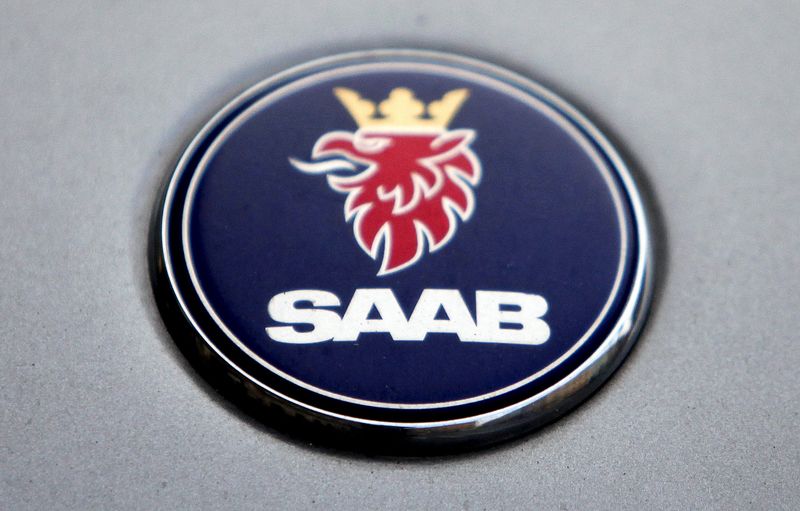Broadcom named strategic vendor for Walmart virtualization solutions
Investing.com -- Saab (ST:SAABb) on Friday projected an organic sales growth of 12% to 16% in 2025, driven by strong global demand for defence and security systems.
The Swedish defence group, which recorded a 23.4% organic growth in 2024, anticipates continued momentum, with EBIT expected to outpace sales growth and operational cash flow remaining positive.
Saab ended 2024 with SEK 63.8 billion in total sales, a 24% increase from the previous year. The company’s order backlog surged to SEK 187 billion, reflecting high demand for its Gripen E fighter jets, missile systems, and surveillance technology.
Dynamics and Surveillance divisions saw particularly strong sales, contributing to an EBIT growth of 33% and a net income rise of 22%.
Despite increased investments, Saab maintained financial stability, demonstrating resilience in a challenging global landscape.
Rising geopolitical tensions, including conflicts in Ukraine and the Middle East, have fueled defence spending worldwide.
Saab has capitalized on this by securing major contracts, including a SEK 12.9 billion deal with Poland for Carl-Gustaf M4 weapons and additional Gripen C fighter aircraft for Hungary.
The company expects sustained demand, particularly in Europe, where defence budgets are expanding.
Saab has raised its 2023-2027 organic growth target to 18% CAGR, up from 15%, while maintaining a goal of EBIT growth above sales growth.
To support this expansion, the company is ramping up production and increasing capacity, which may exert temporary pressure on cash flow.
Key investments include facility expansions, workforce growth—adding nearly 3,000 employees in 2024—and advancements in AI-driven defence technology.
A strong focus on R&D has led to advancements in autonomous defence systems, AI-powered surveillance, and cybersecurity solutions.
Saab also remains committed to sustainability, reducing Scope 1 & 2 emissions by 6.4% in 2024 and engaging suppliers in emissions reduction initiatives.
The company has also launched a drone project in partnership with Colombian and Swedish institutions to collect climate data.
While the growth outlook is positive, Saab faces certain risks. Supply chain constraints, particularly in securing key defence components, remain a challenge.
The company is mitigating these risks through supplier diversification and strategic sourcing. Additionally, regulatory scrutiny persists, with Saab cooperating with the U.S. Department of Justice regarding Brazil’s 2014 Gripen acquisition. Macroeconomic factors, including currency fluctuations and inflation, could also impact profitability.
